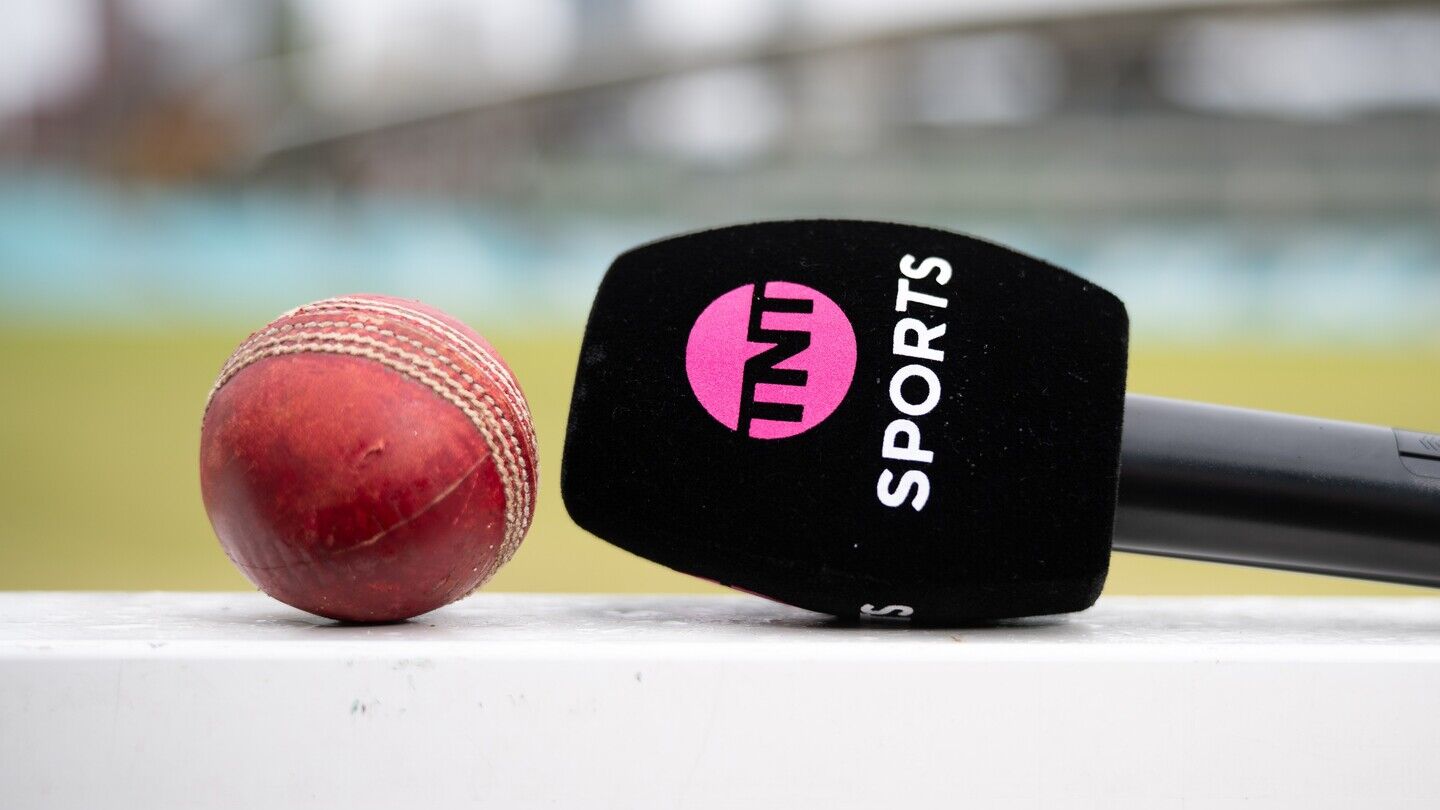U2’s 1997 concert in the aftermath of the Bosnian War is relived and remixed from archive footage, original audio and new testimonials, writes Adrian Pennington.
There’s often a point when making a documentary when the filmmaker finds the key to telling the story. In Kiss The Future it was a conversation director Nenad Cicin-Sain had with The Edge.
“Nenad always said we needed to bring U2 organically into the story but how do we do that?” said the film’s editor Eric Burton. “It was during his interview with the Edge, that informed the next interview with Bono, where it clicked. Nenad noticed that they were talking about punk rock and the Troubles in Northern Ireland in the 1970s and about how bands like The Clash influenced their lyrics; how they didn’t want to be a pop band but a band making music with a message.”
While Burton didn’t explicitly say it, the concern was...
You are not signed in
Only registered users can read the rest of this article.

Behind the scenes: Hamnet
Look, lighting and camera movement were stripped back to basics by cinematographer Lukasz Żal to create the stage for Shakespeare’s personal tragedy.

Behind the scenes: The Running Man
Scenes structured like Russian nesting dolls present Editor Paul Machliss with a challenge in completing this deadly reality TV show.

TNT Sports and The Ashes: “We need to be at the heart of the story”
TNT Sports takes a hybrid approach as England’s cricket team heads down under with a sporting chance of returning with a little urn. Adrian Pennington reports.

Behind the scenes: Frankenstein
Cinematographer Dan Laustsen tells IBC365 why he and Guillermo del Toro turned the classic nightmare, Frankenstein, into a love story of ice and warmth between father and son.
Behind the scenes: Good Boy
From casting his own dog as the lead to shooting at a dog’s eye level, first-time Feature Director Ben Leonberg has perfected a filmmaking process built entirely around a pet. The result? Critical acclaim and a viral smash for horror season.




